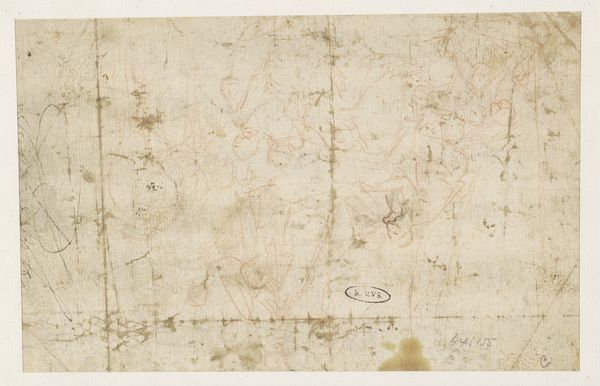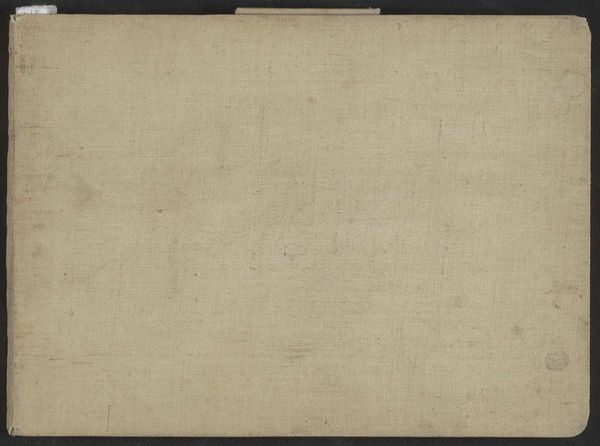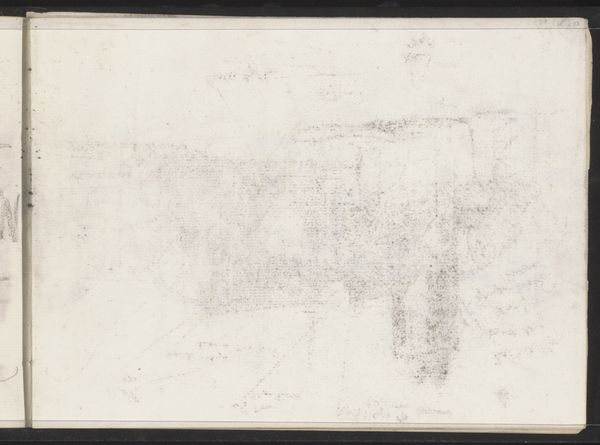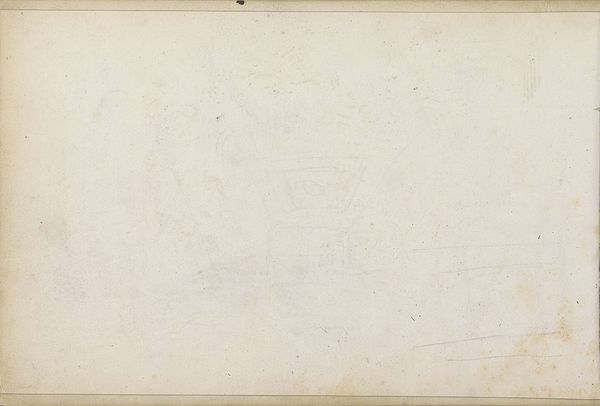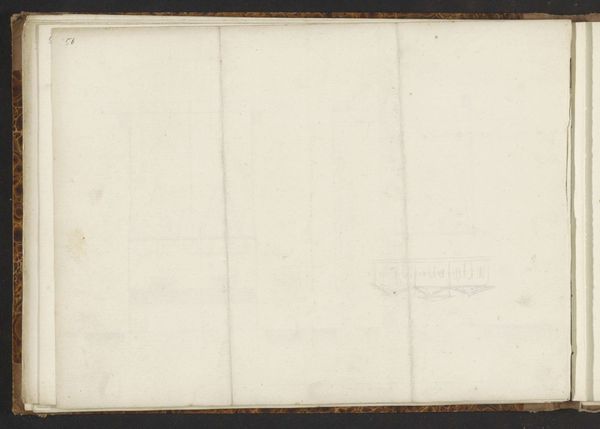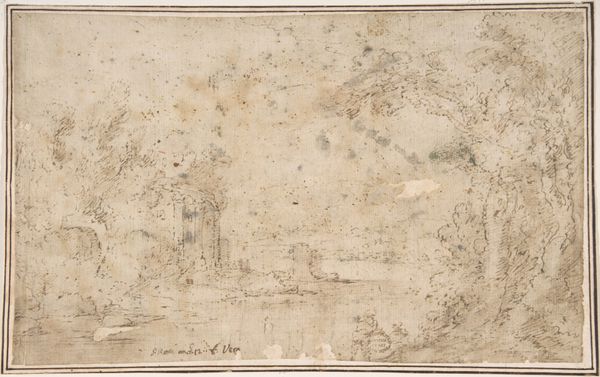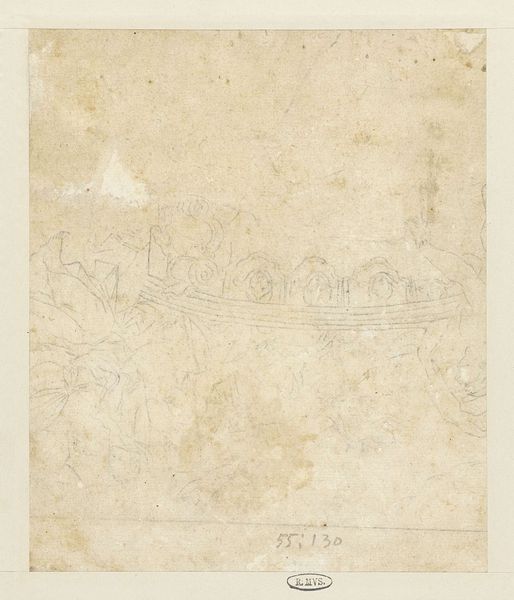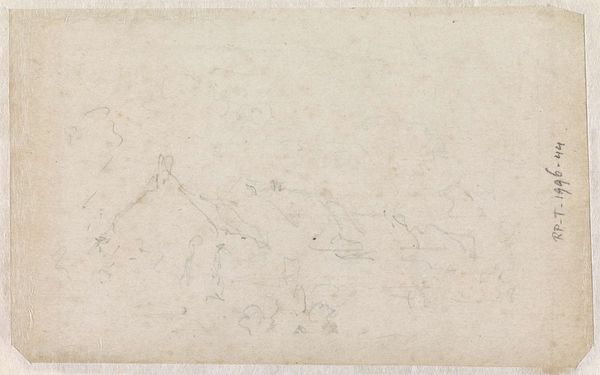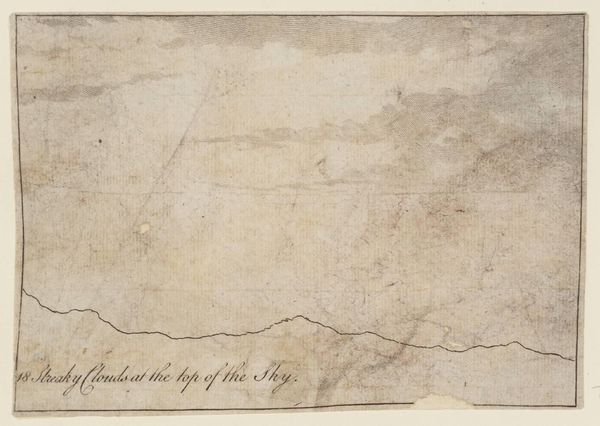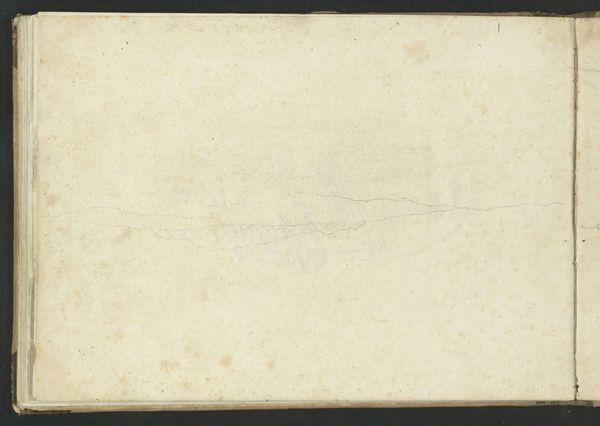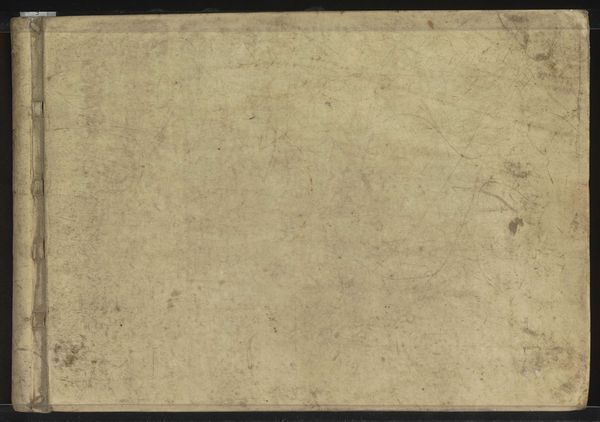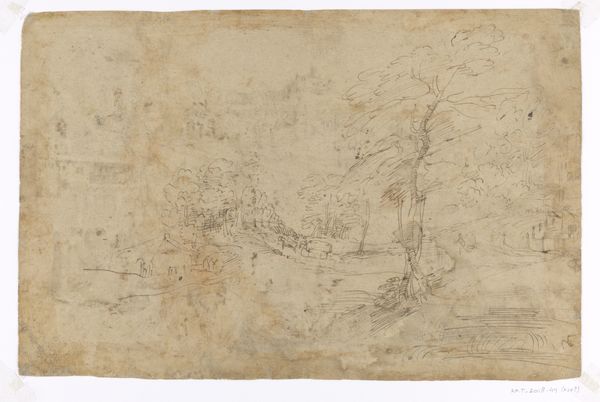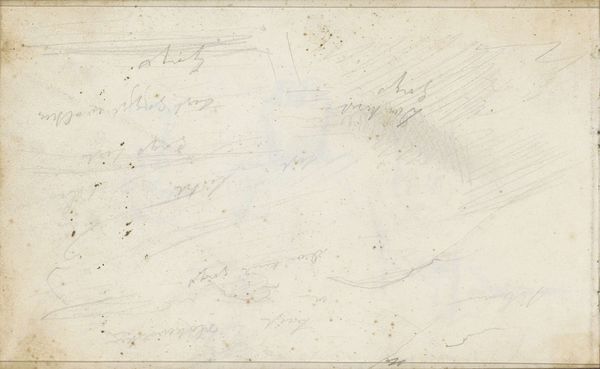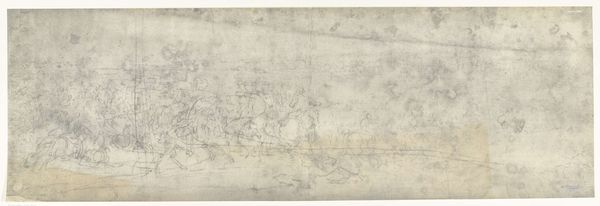
drawing, paper, watercolor
#
drawing
#
dutch-golden-age
#
landscape
#
river
#
paper
#
watercolor
#
line
#
watercolor
Dimensions: height 145 mm, width 262 mm
Copyright: Rijks Museum: Open Domain
Bernhard Schreuder made this small drawing, "Riviergezicht," likely in the mid-18th century, using pen and brown ink. The landscape is barely visible, defined by faint lines, which may evoke a sense of a dream. Schreuder's delicate linework and subtle composition invite us to consider the structures of seeing and representation itself. The grid, barely perceptible, suggests an underlying geometric order, perhaps a nod to the Enlightenment's emphasis on reason. Yet, the soft application of ink disrupts this order, hinting at the limits of rational understanding. The drawing becomes a semiotic system. The lines are signs of a landscape. But they also function as indicators of absence. The drawing destabilizes the conventional category of landscape art, pushing viewers to engage actively in constructing their own meaning. It challenges the idea that art simply mirrors reality. The faintness and near-abstraction serve as a reminder of the artwork's artifice. It highlights how perception is always mediated, constructed, and open to interpretation.
Comments
No comments
Be the first to comment and join the conversation on the ultimate creative platform.
